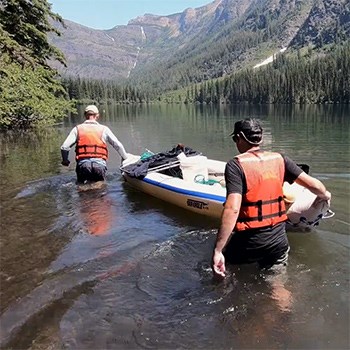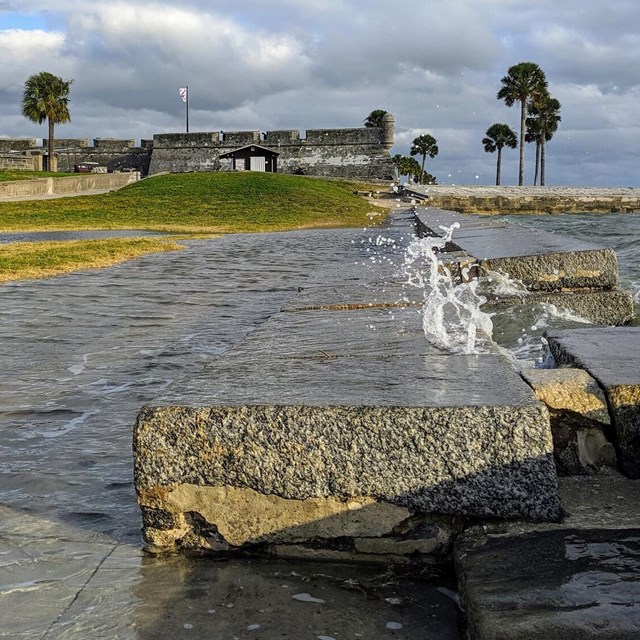
Better understanding climate change vulnerabilities in parks and routinely incorporating climate change adaptation into NPS planning will best prepare NPS managers for continuous and uncertain changes to come. A scenario-based adaptation approach is often important to help managers and planners understand and work with the typically broad range of ways that climate may change. Within this context, NPS managers will need to consider when and where it is strategic to resist undesirable changes, when it may be prudent to accept changing conditions, and when it may be appropriate to actively direct change in valued systems and resources towards preferred new conditions.
Scroll down to learn more, or check out the Publications page to find more peer-reviewed adaptation science from the NPS Climate Change Response Program.
Dig deeper:
-
 Scenario-Based Adaptation Showcase
Scenario-Based Adaptation ShowcaseWhat is scenario-based climate change adaptation, and why does the National Park Service do it?
-
 A RAD FrameworkResist-Accept-Direct
A RAD FrameworkResist-Accept-DirectHow does the RAD framework help park managers make more informed, strategic decisions?
-
 Managed Relocation
Managed RelocationWhen should humans step in and help a species threatened by climate change move to a more suitable habitat?
-
 Assess Vulnerability
Assess VulnerabilityA site's vulnerability relates to exposure, sensitivity, and potential impact. What does all this mean?
-
 Cultural Resources Adaptation
Cultural Resources AdaptationLearn about the Cultural Resources Climate Change Strategy and more
-
 Coastal Adaptation
Coastal AdaptationThe National Park Service has developed tools and handbooks to help park staff adapt to coastal flooding
More adaptation research from around the NPS
Last updated: January 8, 2025
